ASUS PQ321Q UltraHD Monitor Review: Living with a 31.5-inch 4K Desktop Display
by Chris Heinonen on July 23, 2013 9:01 AM ESTGiven the lofty price tag, there is a good chance the ASUS PQ321Q is targeting graphics and print professionals, so meeting the sRGB standards of 80 cd/m2 and its custom gamma curve will be important.
Looking at the grayscale first, sRGB is just as good as our 200 cd/m2 target is. The gamma is virtually perfect, and there is no color shift at all. The contrast ratio falls to 667:1, which I expected as the lower light output leaves less room for adjustments. Graded just on grayscale and gamma, the PQ321Q would be perfect.
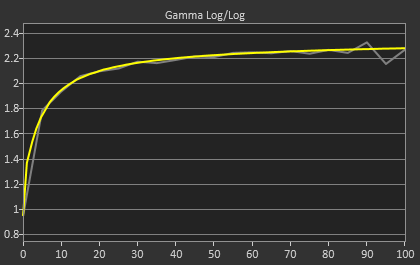
As soon as we get to the gamut, we see the same issues here as I expected to. That gamut is just a little off which gives us some noticeable dE2000 errors at 100% saturations for all colors.
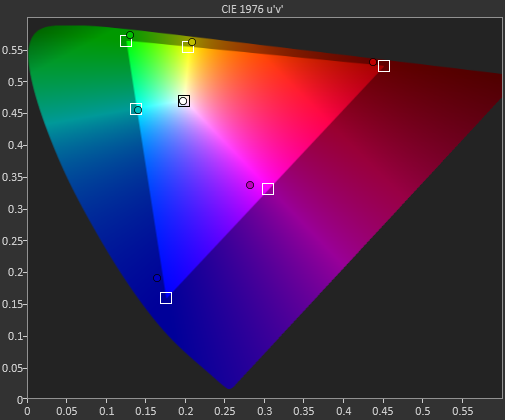
Here with the color checker charts, we see a large difference between the Gretag Macbeth results and the 96-sample results. The error rises from 1.62 to 2.05 as we are sampling more orange/yellow shades that fall outside of the gamut. Nothing really different than the last calibration, so the same issues apply.


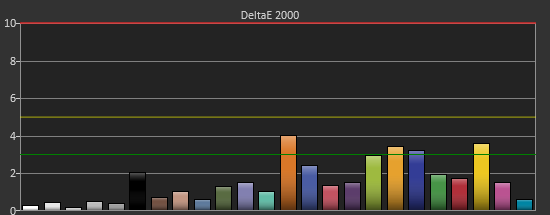
The saturations are also identical to see here. They start out with small errors but by the end, every color except for Cyan is showing a noticeable error at 100%.
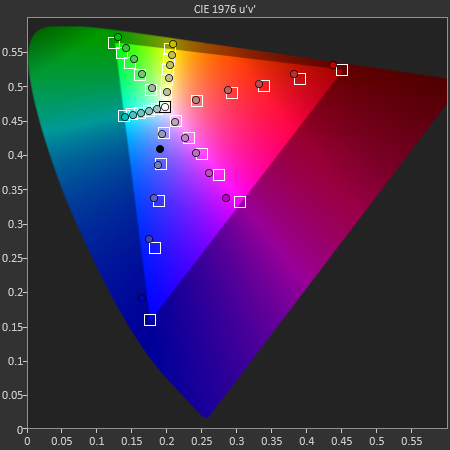
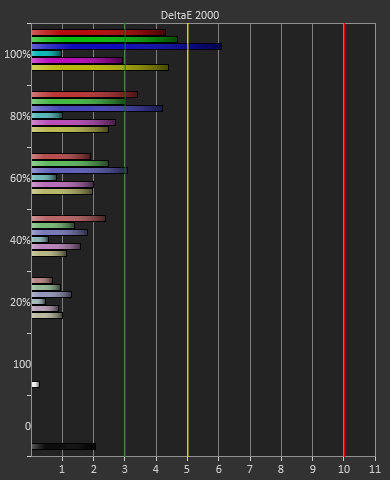
For 200 cd/m2 and a gamma of 2.2 or for 80 cd/m2 and the sRGB gamma, the ASUS PQ321Q performs almost equally. The grayscale and gamma are perfect, but the gamut has some issues. Once we start to see more displays using this same panel, but different electronics and possibly different backlights, then we can determine what is causing this shift in the gamut. With the initial target for the ASUS likely being professional designers, these errors seem a bit out-of-place.


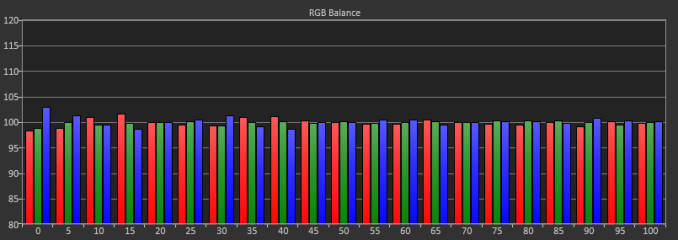
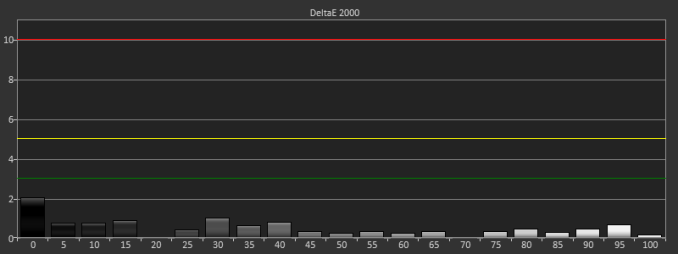











166 Comments
View All Comments
ninjaburger - Tuesday, July 23, 2013 - link
I feel like this is an easy position to take with very few 4k TVs in the wild, very little content delivered in 4k, and, maybe most importantly, *even less* content being finished at 4k (as opposed to upscaled 2.5k or 3k).When you see native 4k content distributed at 4k on a good 4k display, you can see the difference at normal viewing distances.
I don't think it's worth adopting until 2015 or 2016, but it will make a difference.
Hrel - Tuesday, July 23, 2013 - link
I see no reason to upgrade until 1080p becomes 10800p. Kept the CRT for 30 years, inherited the damn thing. That's how long I intend to keep my 1080p TV; whether tv makers like it or not.Sivar - Tuesday, July 23, 2013 - link
30 years? I hope you don't have a Samsung TV.althaz - Tuesday, July 23, 2013 - link
It doesn't matter what brand the TV is, good TVs last up to about 7 years. Cheaper TVs last even less time.DanNeely - Tuesday, July 23, 2013 - link
My parents no-name 19" CRT tv lasted from the early '80's to ~2000; the no-name ~30" CRT tv they replaced it with was still working fine ~3 years ago when they got a used ~35-40" 720p LCD for free from someone else. I'm not quite sure how old that TV is; IIRC it was from shortly after prices in that size dropped enough to make them mass market.Maybe you just abuse your idiotboxes.
bigboxes - Wednesday, July 24, 2013 - link
You must be trolling. My top of the line Mitsubishi CRT started having issues in 2006 in year seven. I replaced it with an NEC LCD panel that I'm still using today. It could go at any time and I'd update to the latest technology. I'm picky about image quality and could care less about screen thinness, but there is always options if you are looking for quality. I'm sure your 1080p tv won't make it 30 years. Of course, I don't believe your CRT made it 30 years without degradation issues. It's just not possible. Maybe you are just a cheap ass. At least man up about it. I want my 1080p tv to last at least ten years. Technology will have long passed it by at that time.bigboxes - Wednesday, July 24, 2013 - link
Of course, this coming from a man who replaced his bedroom CRT tv after almost 25 years. Even so, the tube was much dimmer before the "green" stopped working. Not to mention the tuner had long given up the ghost. Of course, this tv had migrated from the living room as the primary set to bedroom until it finally gave up the ghost. I miss it, but I'm not going to kid myself into believing that 1988 tech is the same as 2012. It's night and day.cheinonen - Tuesday, July 23, 2013 - link
I've expanded upon his chart and built a calculator and written up some more about it in other situations, like a desktop LCD here:http://referencehometheater.com/2013/commentary/im...
Basically, your living room TV is the main area that you don't see a benefit from 4K. And I've seen all the 4K demos with actual 4K content in person. I did like at CES this year when companies got creative and arranged their booths so you could sometimes only be 5-6' away from a 4K set, as if most people ever watched it from that distance.
psuedonymous - Tuesday, July 23, 2013 - link
That site sadly perpetuates (by inference) the old myth of 1 arcminute/pixel being the limit of human acuity. This is totally false. Capability of the Human Visual System (http://www.itcexperts.net/library/Capability%20of%... is a report from the AFRL that nicely summarises how we are nowhere even CLOSE to what could actually be called a 'retina' display.patrickjchase - Tuesday, July 23, 2013 - link
A lot of people seem to confuse cycles/deg with pixels/deg. The commonly accepted value for the practical limit of human visual acuity is 60 cycles/deg, or 1 cycle/min. The paper you posted supports this limit by the way: Section 3.1 states "When tested, the highest sinusoidal grating that can be resolved in normal viewing lies between 50 and 60 cy/deg..."To represent a 60 cycle/deg modulation you need an absolute minimum of 120 pixels/deg (Nyquist's sampling theorem). Assuming unassisted viewing and normal vision (not near-sighted) this leads to an overall resolution limit of 500 dpi or so.
With that said, the limit of acuity is actually not as relevant to our subjective perception of "sharpness" as many believe. There have been several studies arguing that our subjective perception is largely a driven by modulations on the order of 20 pairs/degree (i.e. we consider a scene to be "sharp" if it has strong modulations in that range). Grinding through the math again we get an optimal resolution of 200-300 dpi, which is right about where the current crop of retina displays are clustered.